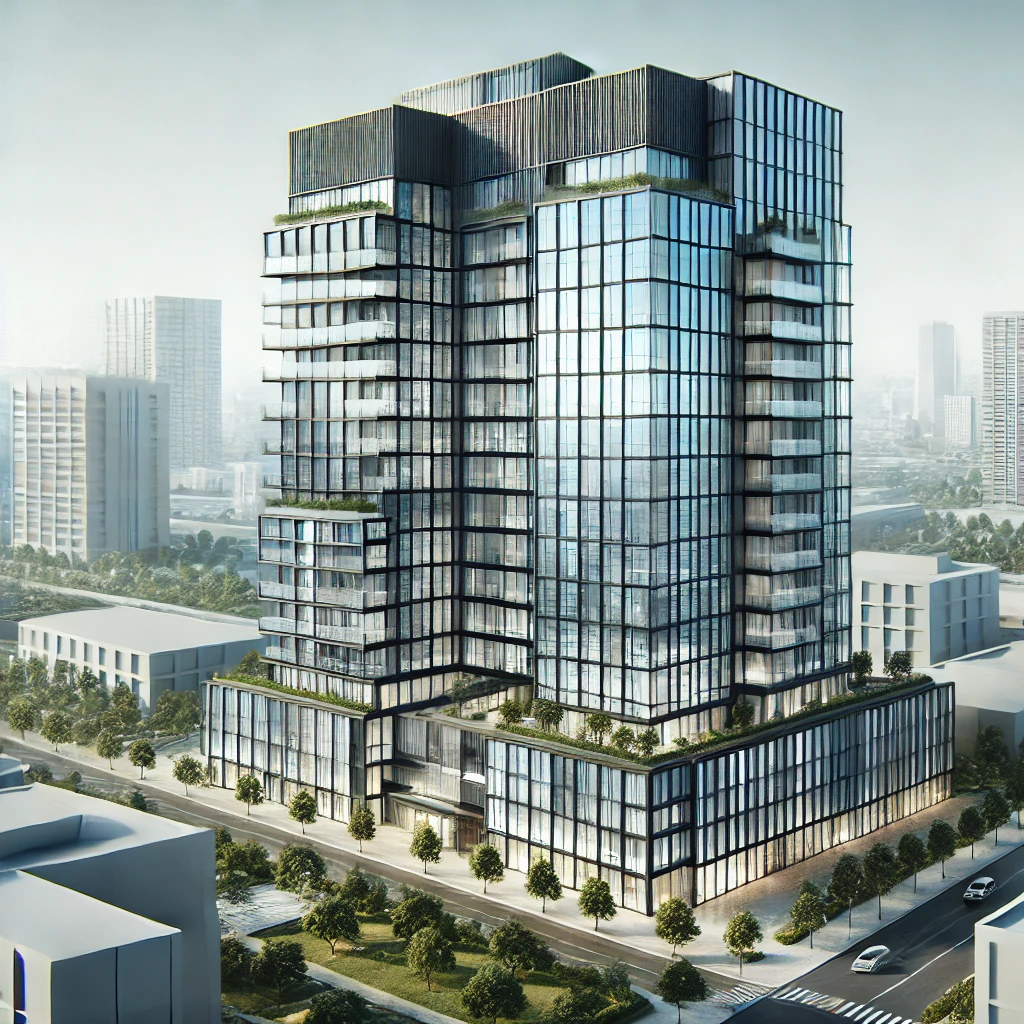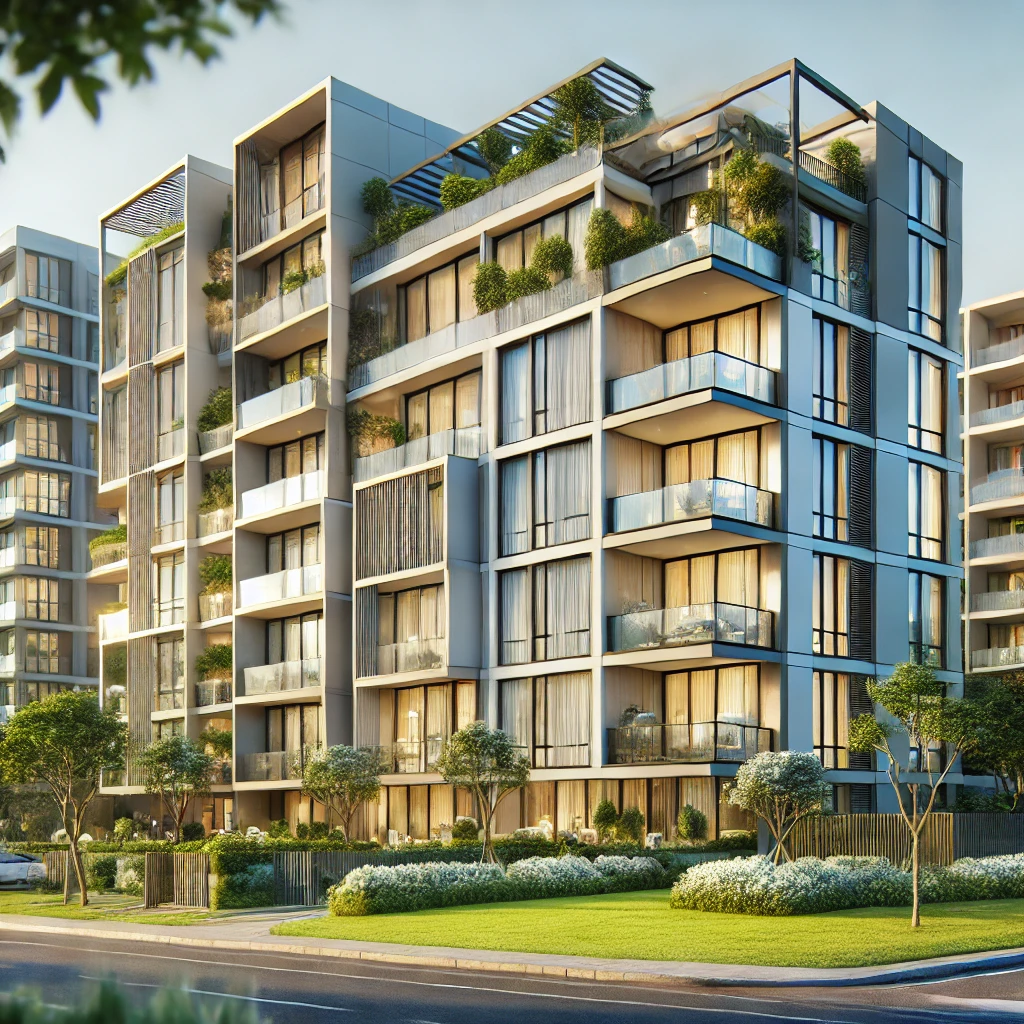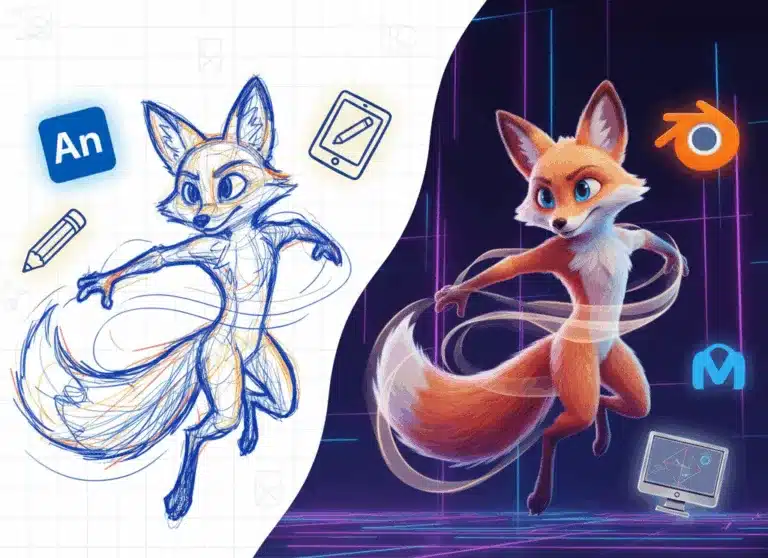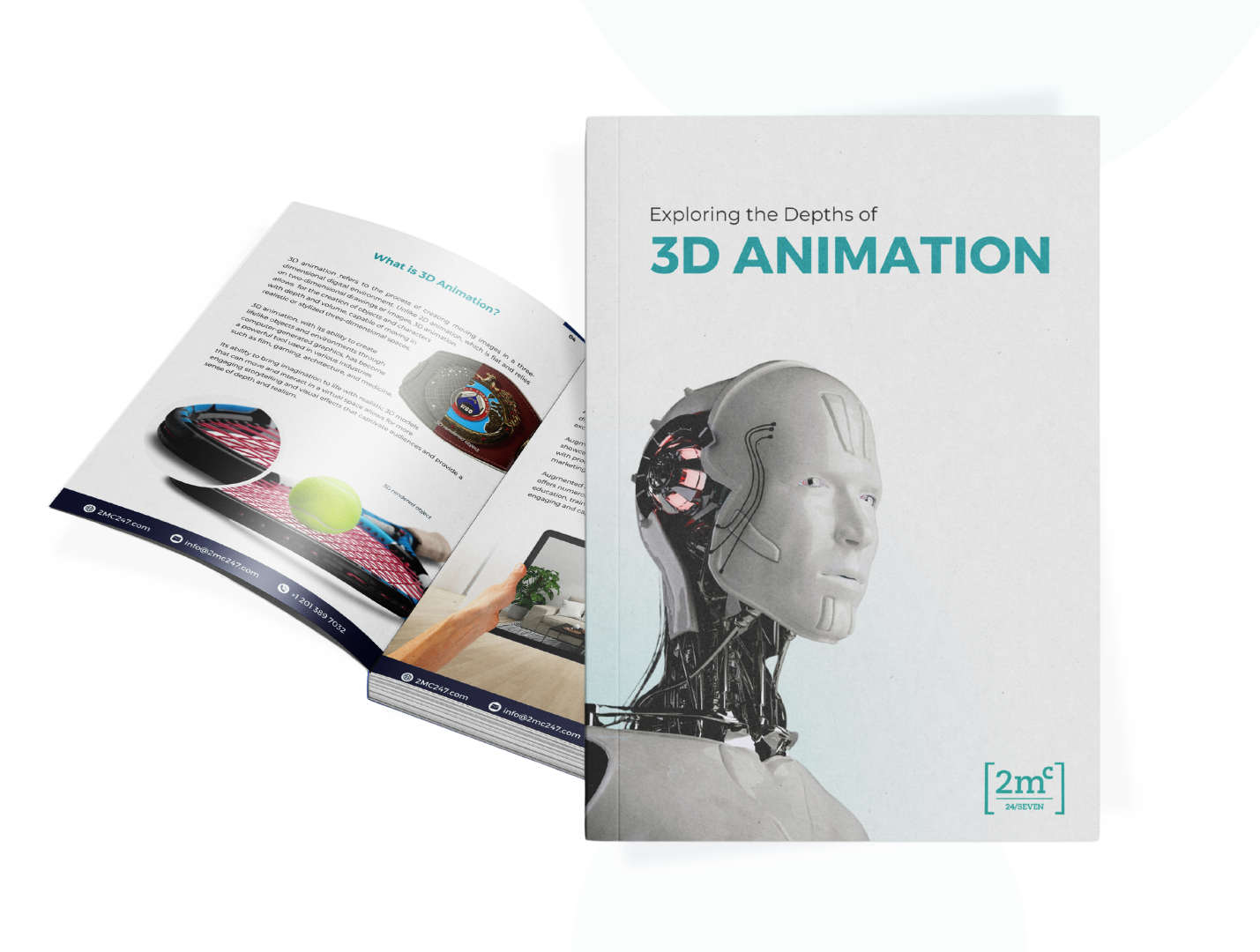The architecture industry is continuously evolving, and one of the most significant advancements in recent years has been the integration of 3D architectural renderings into various stages of architectural projects. These renderings have become an invaluable tool for architects, designers, and clients alike, offering a new level of visualization and understanding that traditional blueprints and 2D drawings simply cannot match. In this article, we’ll explore how 3D architectural renderings are transforming the architecture industry and enhancing project outcomes.

The Power of 3D Architectural Renderings
3D architectural renderings are immersive, realistic representations of buildings and spaces created using advanced computer graphics. They bring architectural designs to life, allowing stakeholders to visualize a project in its entirety before construction begins. This capability offers numerous benefits for the architecture industry:
- Enhanced Visualization and Communication:
- Architects can convey their design intent more effectively to clients, contractors, and other stakeholders.
- Clients can experience a virtual walkthrough of the building, gaining a clear understanding of the design, layout, and spatial relationships.
- Misunderstandings and miscommunications are significantly reduced, leading to smoother project execution.
- Improved Design Decision-Making:
- With 3D renderings, architects and clients can explore different design options, materials, and color schemes in a realistic setting.
- This allows for better-informed decisions, as stakeholders can see how various choices will impact the final appearance and functionality of the space.
- Design iterations become quicker and more efficient, saving time and resources.
- Enhanced Marketing and Presentation:
- 3D renderings are powerful marketing tools that can be used in brochures, websites, advertisements, and presentations.
- High-quality visualizations create an emotional connection with potential clients and investors, showcasing the unique features and selling points of a project.
- This visual appeal can significantly boost interest and increase the likelihood of securing approvals and investments.
- Cost and Time Efficiency:
- Creating physical models or mock-ups of designs can be expensive and time-consuming. In contrast, 3D renderings offer a more cost-effective solution.
- Changes and updates to the design can be made quickly and easily in the digital model, reducing the need for multiple physical prototypes.
- This efficiency translates into cost savings and faster project timelines.

Leading 3D Architectural Rendering Platforms
Several platforms are at the forefront of providing top-notch 3D architectural renderings. Here are some of the most popular and powerful tools used in the architecture industry:
- SketchUp:
- Known for its user-friendly interface, SketchUp is widely used by architects, interior designers, and urban planners.
- It offers intuitive tools for creating detailed 3D models and a vast library of pre-built models and textures.
- Autodesk 3ds Max:
- A comprehensive software for 3D modeling, animation, and rendering, 3ds Max is favored by professional visualization specialists and architects.
- It provides robust tools for creating realistic visualizations and supports various rendering techniques.
- Blender:
- Blender is a free, open-source 3D creation suite that supports modeling, animation, rendering, and simulation.
- It offers a powerful set of tools, though it has a steeper learning curve compared to some other platforms.
- Lumion:
- Designed specifically for architectural visualization, Lumion provides real-time rendering capabilities with realistic lighting, materials, and landscaping.
- It focuses on ease of use and quick rendering, making it a popular choice for creating immersive visualizations.
- Unreal Engine:
- Originally a game engine, Unreal Engine is also widely used for architectural visualization due to its real-time rendering environment and advanced lighting options.
- It allows for the creation of interactive, high-fidelity visualizations.
- Unity:
- Another powerful game engine, Unity offers real-time rendering capabilities and advanced lighting and shading options.
- It is used for both gaming and architectural visualization, providing the ability to create interactive experiences.

Conclusion
The integration of 3D architectural renderings into architectural projects has revolutionized the industry, offering unparalleled visualization, improved decision-making, and enhanced marketing capabilities. As technology continues to advance, these tools will become even more integral to the architecture industry, driving innovation and excellence in design and construction. By embracing 3D visualization, architects can deliver more compelling, efficient, and successful projects, ultimately transforming the way we design and experience our built environment.





